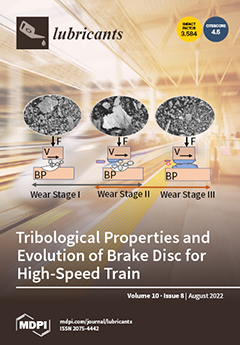Solid lubricants are described as solid materials of intentionally introduced or in situ formed on contact surfaces in relative motion for the purpose of lowering friction and wear and providing protection from damage. Solid lubricants and advanced self-lubricating materials are widely used in modern industries, especially in aerospace, aviation, automotive, metallurgy, materials forming, and machining industries, and have attracted great interest in lubrication applications under very severe circumstances such as elevated temperatures, heavy loads, ultrahigh vacuum, extreme radiation, strong oxidation, and chemical reactivity environments. Many efforts have been made to develop self-lubricating composites by a variety of material preparation techniques, which include powder metallurgy, physical/chemical vapor depositions, thermal spraying, electrodeposition, laser cladding, and additive manufacturing. Although several reviews on the development of high-temperature solid lubricants have been published, most of them only focus on a type of material, a specific process, or application. In this paper, a comprehensive review is provided to present the state-of-the-art progress in solid lubricants, self-lubricating composites/coatings, and their effective functions that can be used over a wide variety of environmental conditions, especially at elevated temperatures. The solid lubricants considered include representative soft metals, layered structure materials (e.g., graphite, hexagonal boron nitride, transition metallic dichalcogenides, MAX phase), chemically stable fluorides, binary or ternary metallic oxides, especially alkaline earth chromates, and sulfates, and synergistic effects from these solid lubricants. This paper also provides new insights into design considerations of environmental adaptive solid lubrication, and the challenges and potential breakthroughs are further highlighted for high-temperature solid lubrication applications.
Full article





